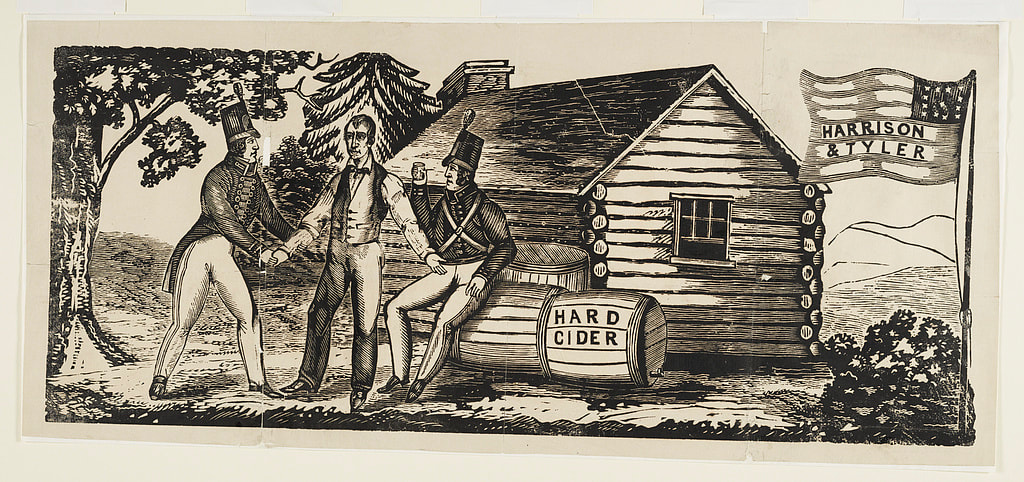
An untitled woodcut, bold in design, apparently created for use on broadsides or banners during the Whigs' "log cabin" campaign of 1840. In front of a log cabin, a shirtsleeved William Henry Harrison welcomes a soldier, inviting him to rest and partake of a barrel of "Hard Cider." Nearby another soldier, already seated, drinks a glass of cider. On a staff at right is an American flag emblazoned with "Harrison & Tyler." Library of Congress.
Thanks to everyone who participated in this week's Food History Happy Hour! In this episode we made the Jersey Cooler from the Roving Bartenter (1946), but the cocktail itself appears to have been invented by the famous Jerry Thomas as it appears in his 1862 How to Mix Drinks.
With the primary ingredient hard cider, I thought it a particularly apt cocktail for our discussion of apples in America! I chose apples as the topic for tonight's Food History Happy Hour because mid-September is when apple harvest in the Northeast usually really starts to get underway. Coincidentally (on my part, anyway), tonight is also the start Rosh Hashanah, or the Jewish New Year, which runs until Sunday. One of the components of Rosh Hashanah is the use of apples and honey, particularly in Ashkenazi Jewish households, who originate in Eastern Europe. Apples and honey are eaten to symbolize sweetness and prosperity for the coming year. On a more somber note, I learned that Supreme Court Justice Ruth Bader Ginsburg passed away just minutes before the start of the show. In fact, I almost didn't do tonight's episode because I was so upset. But I figured that the notorious RBG would power through if it was her, and it was fitting to be talking about apples and hoping for peace and prosperity in the coming New Year. So we poured one out for Ruth and gave her a toast. We talked about the origins of hard cider, with an aside about the 1840 presidential campaign of William Henry Harrison, why hard cider fell out of favor, the origins of apples in the mountains of Kazakhstan, Johnny Appleseed, the story of Red Delicious, heirloom apple varieties, and the not-so-American origins of apple pie. Jersey Cooler (1946)
From the 1946 Roving Bartender by Bill Kelly:
You can see other, slightly more complicated versions below: Jersey Cocktail (1862)
As far as I can tell, this is the oldest version of the Jersey Cooler (called cocktail here), invented by the famous Jerry Thomas from his How to Mix Drinks from 1862. Because the earliest reference is from Mr. Thomas, who was a born and raised New Yorker, I think that the "Jersey" in this instance refers to New Jersey, not Jersey, England.
Here's his recipe: (Use small bar glass.) 1 teaspoonful of sugar. 2 dashes of bitters. Fill tumbler with cider, and mix well, with lemon peel on top. Episode Links
Our next episode will be on Friday, October 2, 2020 and since it will officially be October, we'll be talking about pumpkins and the origins of the much-maligned pumpkin spice!
If you enjoyed this episode of Food History Happy Hour and would like to support more livestreams, please consider joining us on Patreon. Patrons get special perks like access to members-only content.
4 Comments
One last follow-up to the Very Vintage Halloween Party! I wanted to share my recipe for Pumpkin Cranberry Bread Pudding. My husband loves bread pudding, but it can be a tricksy thing. Lots of recipes call for baking it in a water bath (too much work!), others end up making a bread pudding that is dry or too dense or otherwise flavorless. This recipe I adapted from my conventional bread pudding recipe, which calls for cinnamon and raisins. The key is to soak all the bread without being too runny, so add more milk if you need to. Pumpkin Cranberry Bread Pudding2 1/2 cups milk 1/4 cup butter 3 eggs 1 can (15 oz) pumpkin puree (or 2 cups homemade pureed pumpkin) 1/2 cup sugar 1 teaspoon pumpkin spice (or cinnamon with a pinch of clove and nutmeg) 1/4 teaspoon salt 1 loaf of unsliced bread (I prefer day-old challah) 1/2 cup dried sweetened cranberries Preheat the oven to 350 F. Heat the butter and milk over medium heat until the butter is just melted (stir occasionally to accelerate the melting). Remove from heat. Tear the bread into bite-sized pieces and fill a 9"x13" ungreased pan (I prefer glass) In a separate bowl, mix the eggs, sugar, spices, and pumpkin. Stir in cranberries, then fold in bread in stages until all is well-soaked. Add more milk at this stage if you need to. Pour the bread mixture into the ungreased pan and bake 40-45 minutes, or until a knife inserted 1 inch from the edge comes out clean. No need for a water bath or to cover it! Serve warm or cold with plenty of whipped cream. The best part about this bread pudding? Not only was it quick and easy to make the morning of the Halloween party, it also made SEVERAL converts to bread pudding. Lol. A number of people at the party mentioned that they either didn't like bread pudding and liked this one, or that it was the best bread pudding they'd ever had. Plus, it doesn't suffer much from storage in the fridge (if anything it just gets more moist) and is perfect for just about any fall gathering, including, (gasp!) Thanksgiving! So hope you enjoy this recipe and happy fall baking! If you want more party ideas, recipes, and other vintage food fun, consider becoming a member of The Food Historian! You can join online here, or you can join us on Patreon! Members get access to members-only sections of this website, special updates, plus discounts on future events and classes. And you'll help support free content like this for everyone. Join today!
|
AuthorSarah Wassberg Johnson has an MA in Public History from the University at Albany and studies early 20th century food history. Archives
September 2023
Categories
All
|
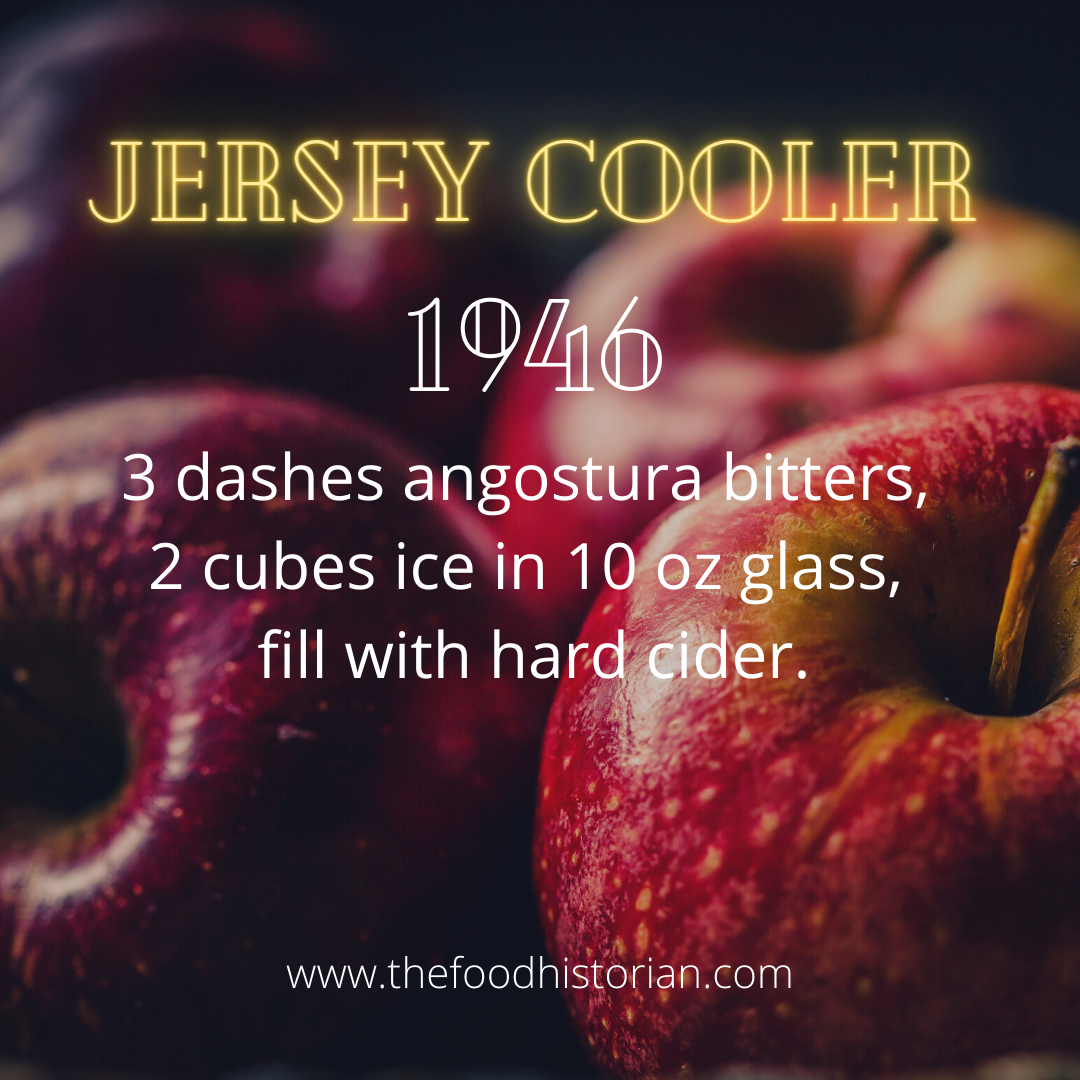
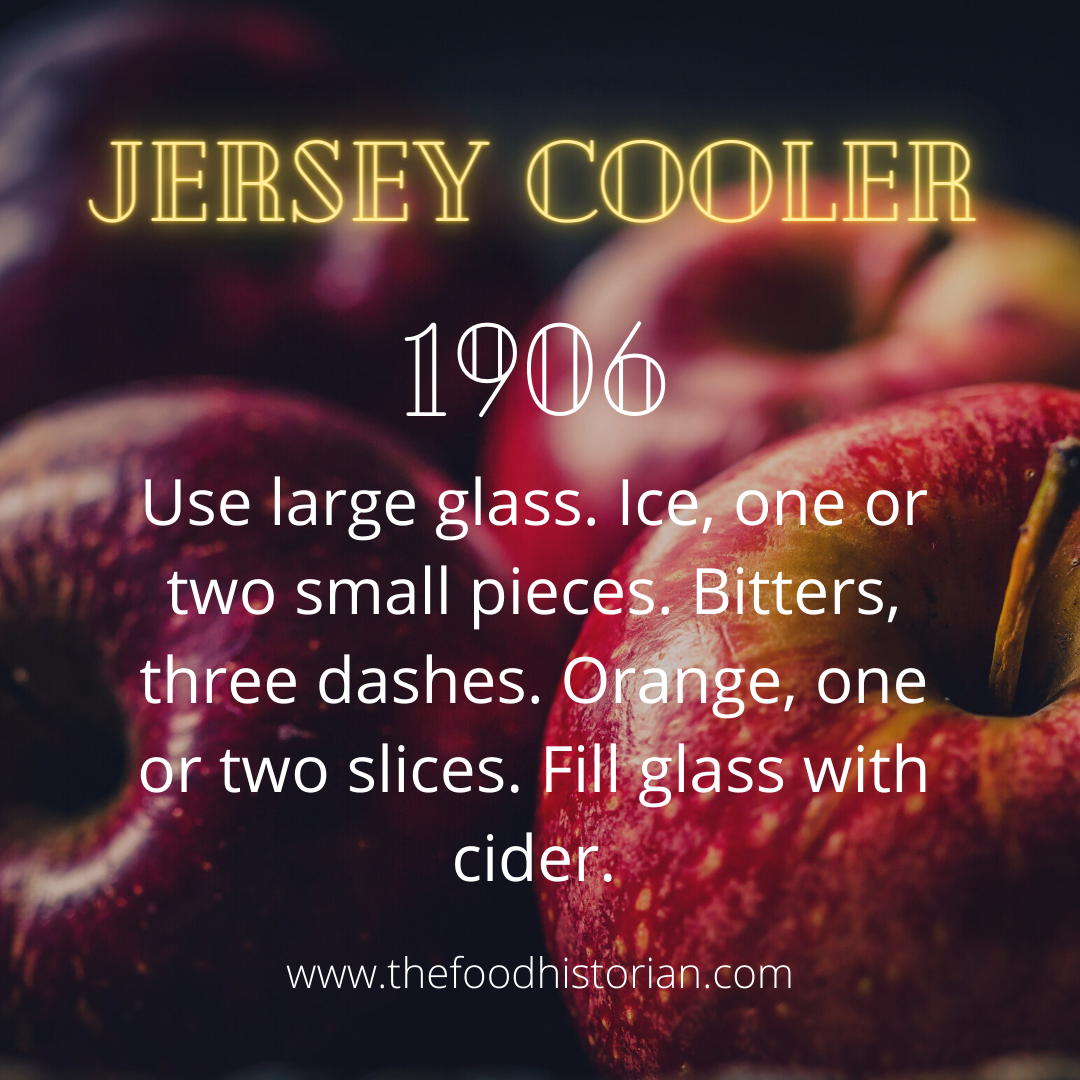
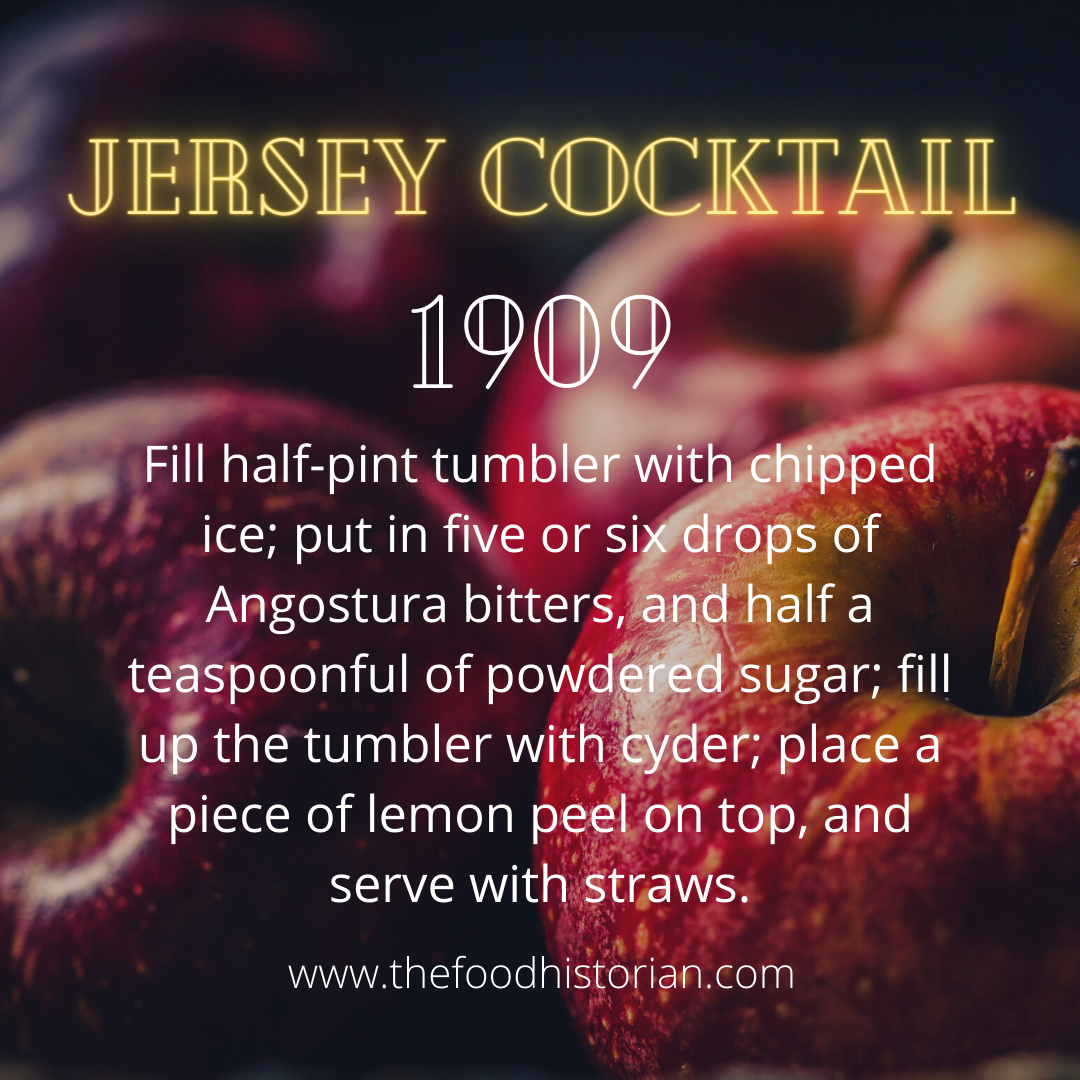
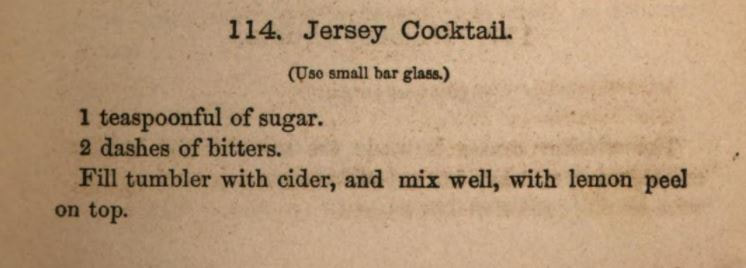
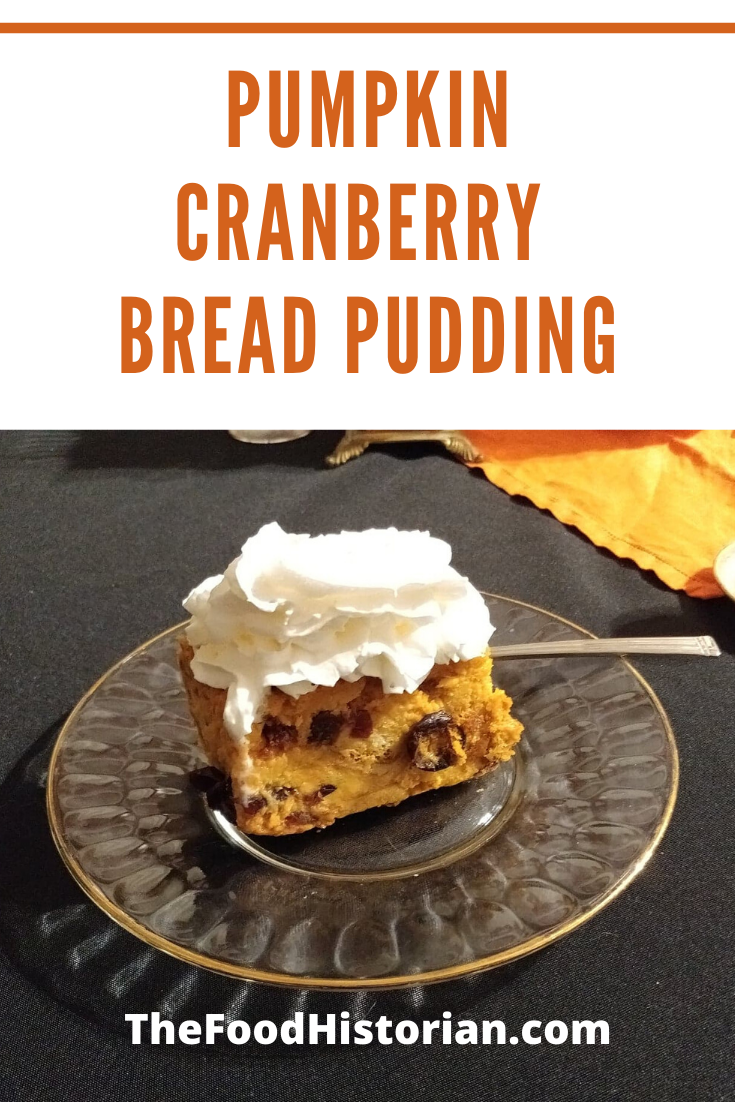
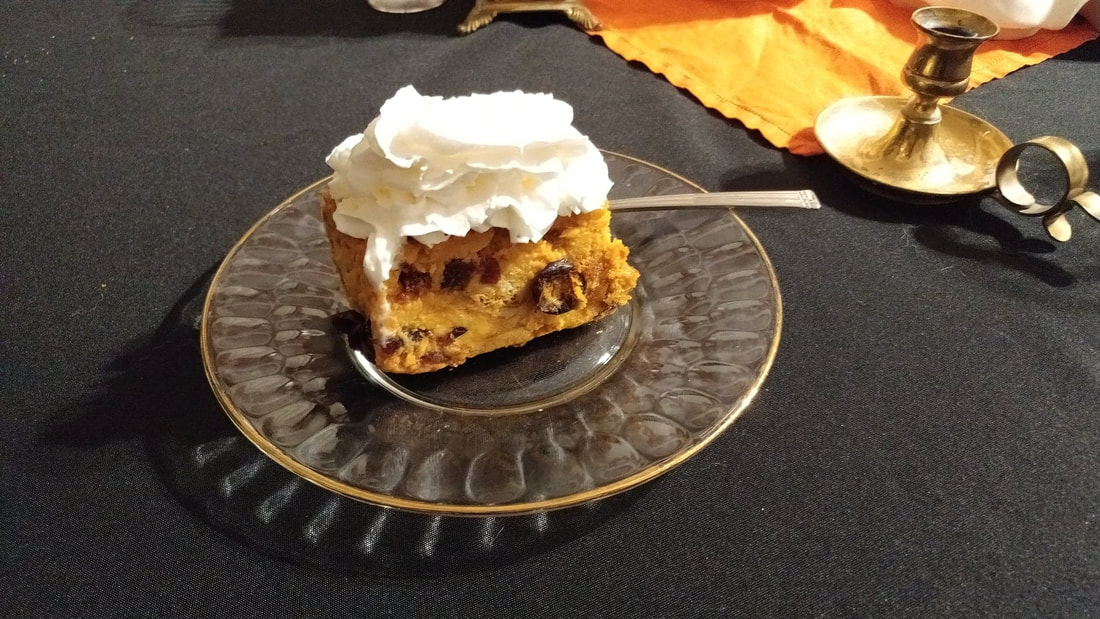

 RSS Feed
RSS Feed